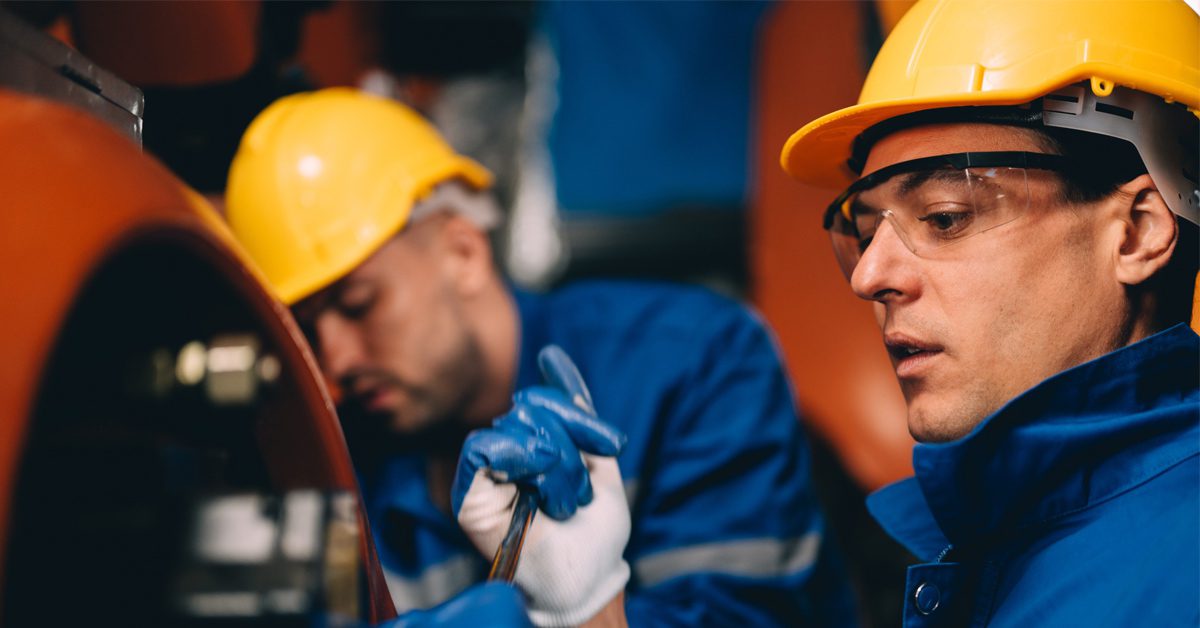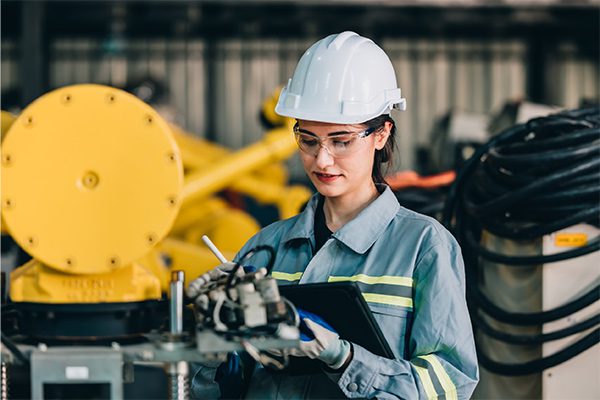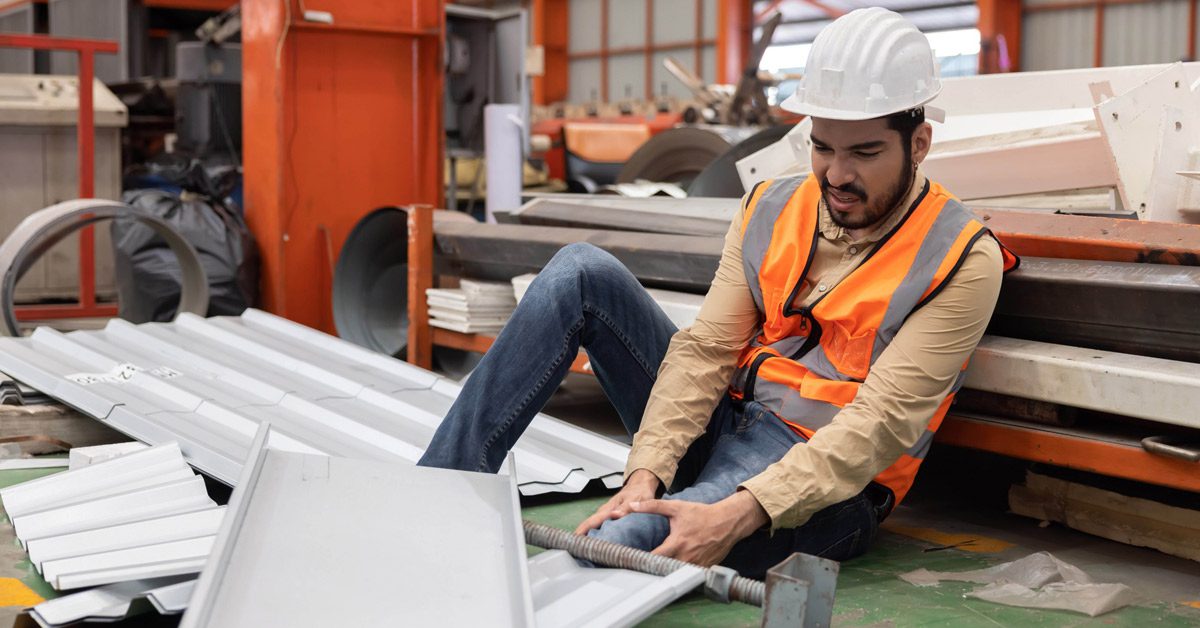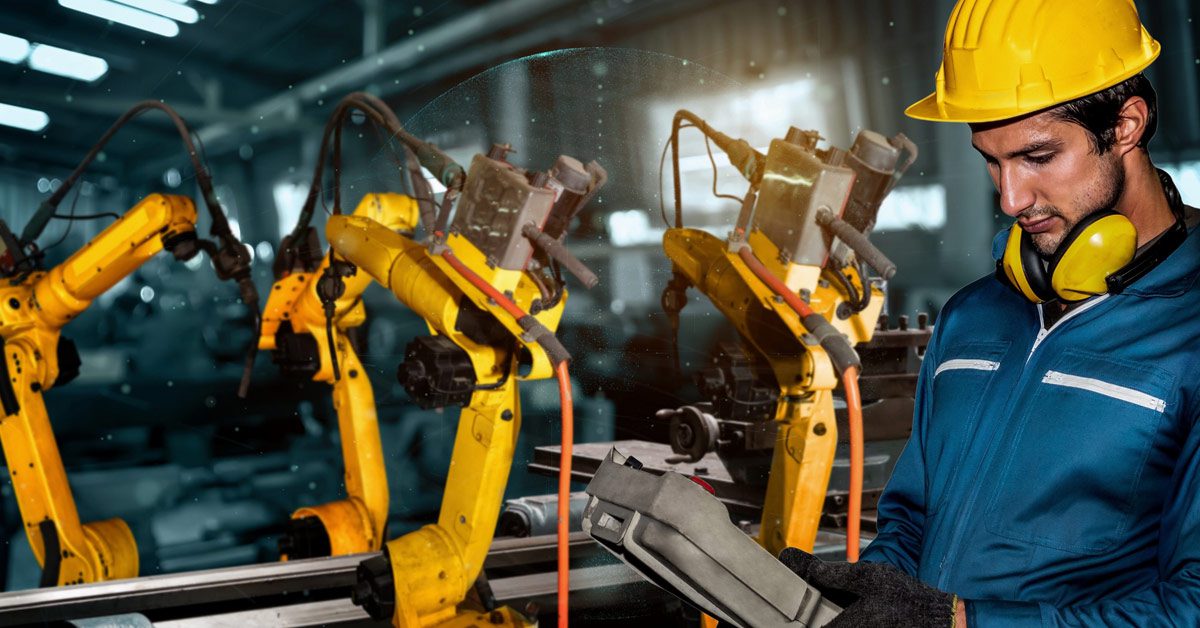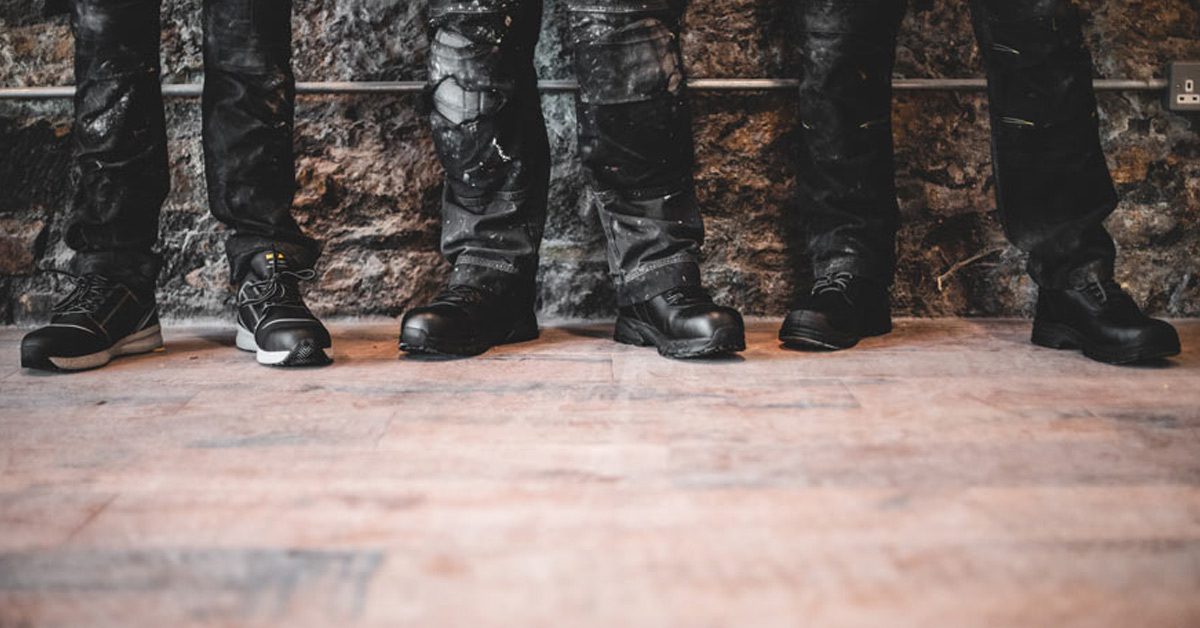Companies like yours are constantly under pressure to perform better, reduce costs and remain competitive in today’s ever-changing world. Safety can sometimes become a lower priority, but it can have a significant impact on your company’s productivity. Organisations that invest in reducing the risk of exposing their employees to occupational hazards tend to have higher performing teams, which in turn helps to minimise time and money lost.
Moreover, in the HSE’s 2023 Manufacturing Statistics in Great Britain Report, 37,000 workers reported suffering from a work-related musculoskeletal disorder, which accounted for 40% of all ill-health. This is why it is essential to view health and safety as an asset. Ensuring their safety is key to maintaining their commitment and productivity at work.
Read on to learn more about the five types of occupational hazards your manufacturing crew can avoid with practical tips from Shoes For Crews.
1. Falls from height
First, height does not necessarily mean hundreds of metres above the ground. An employee who falls from a relatively low height such as from a ladder, crane or a roof can still result in serious injuries.
To ensure the safety of your team and prevent falls from height, consider the following control measures:
- Guardrails (physical barriers that prevent workers from falling)
- Safety nets (in situations where guardrails are impractical, these nets can catch falling workers, reducing the force of impact and the likelihood of injury)
- Correct equipment (making sure ladders and other climbing equipment are footed securely and inspected regularly)
- Housekeeping (routine cleaning and maintenance can help prevent the accumulation of debris, dirt or other materials that can make surfaces slippery or untidy)
- Restraint systems (designed to restrain workers so that they cannot reach the fall hazard)
2. Electrical hazards
Manufacturing workers frequently work with electricity and are often exposed to occupational hazards associated with this type of medium. Remind your crew to always be aware of their surroundings, wear proper fitting workwear and ensure proper safety procedures are followed when working with electricity. Occupational hazards that are associated with this include:
- Electric shocks
- Fire from faulty electrical equipment or wiring
- Overhead power lines
- Damaged or defective tools
- Insulation damage
3. Infrequent maintenance checks
It is important to check equipment regularly to promote functionality and keep your machines working properly. Ongoing maintenance is crucial for ensuring its long-term use and the stability of any equipment your team handles daily. Machinery and tools must be assessed for suitability, and high workload demands should be evaluated routinely.
Additionally, your employees must also be trained in safe work practices to ensure their protection. Jobs that require crews to work with heavy machinery regularly can lead to an additional occupational hazard like repetitive strain injuries (RSIs). These types of injuries can be caused by repeated use of the shoulder, arm, elbow, wrist or hand. Encourage your employees to take periodic breaks to change their standing or sitting positions thus helping them maintain proper posture.

